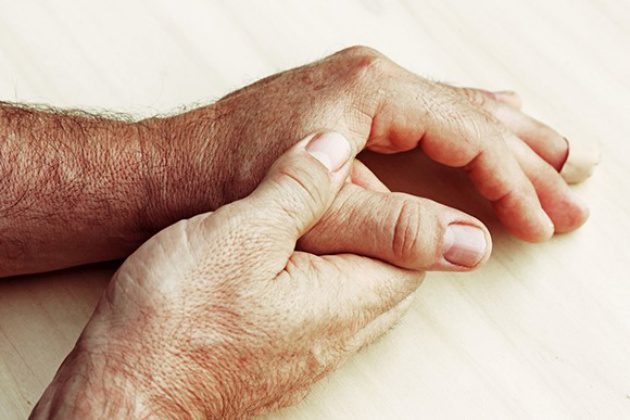By Cottage Health
Contributed
We ask a lot of our joints. We bend and twist all day and think nothing of it — until arthritis sets in.
More than 50 million Americans are living with arthritis or chronic joint symptoms, and with a rapidly aging population, that number is expected to jump to nearly 70 million by 2030.
“Arthritis” literally means joint inflammation, and it can refer to any condition that causes pain and stiffness in the joints or surrounding tissues.
“A case of arthritis may be mild or severe, short-lived or permanent,” said Dr. Anthony Romero, a surgeon affiliated with the Cottage Center for Orthopedics. “But no matter what form of the disease a person has, today’s treatments can make life better.”
Anything that damages a joint can cause arthritis. The list of common culprits includes injuries, infections, overactive immune systems, and simple wear and tear.
According to the National Institutes of Health, researchers have identified more than 100 different forms of arthritis. Distinguishing one variety from another can sometimes be tricky, but it’s a crucial step toward getting the right treatment.
The most familiar form of the disease is osteoarthritis. This condition occurs when the cartilage that cushions the joints starts to wear out, a process that usually occurs over a long period. Osteoarthritis comes on gradually, and usually affects either a single joint or just a few joints. Most people with the condition experience pain and stiffness in a hip, knee or hand.
Rheumatoid arthritis is another common type, and it arises when the immune system attacks joint tissue. Unlike osteoarthritis, it can strike people of any age, from infants to seniors. (In children 16 and under, the condition is now referred to as juvenile idiopathic arthritis or juvenile arthritis.) And unlike osteoarthritis, it often affects many joints at once.
You and your doctor will have to work together to manage your arthritis. In addition to taking medications as directed (these may vary depending upon the type of arthritis you have), you must take proper care of your joints.
First and foremost, you need to find the right balance of rest and exercise. You don’t want to put undue strain on your sore joints, but you should use them as much as possible.
Your doctor can recommend range-of-motion and endurance exercises and other activities that will help keep your joints strong and flexible. Hydrotherapy, stretching, weight training and t’ai chi have all been reported to relieve pain.
The American Academy of Orthopedic Surgery recommends a low-impact aerobic exercise program. Even simple steps like using ice and heat — including taking a warm bath or shower in the morning — can help ease pain and stiffness by relaxing muscles.
It is also important to eat a diet rich in fruits, vegetables, whole grains and good fats such as omega-3 fatty acids that are found in fish, flax seed and walnuts. If you are overweight, your doctor may also suggest slimming down to take the extra stress off your joints.
This can be especially helpful to overweight people with osteoarthritis in the knee or hip, according to the American College of Rheumatology. One small study of 40 overweight patients who had osteoarthritis in the knee found that losing excess body fat through exercise relieved pain and other symptoms.
You may also want to enroll in a patient education program, like the six-week self-help program sponsored by the Arthritis Foundation. Participants in such programs have reported a 15 percent to 20 percent decline in pain, as well as lower health-care expenses, according to a Johns Hopkins report. The course is taught by nonprofessionals who have arthritis and have undergone special training. Contact the local chapter of the Arthritis Foundation for details.
Finally, many special devices can help you manage daily tasks. Canes and walkers may be useful if you’re having difficulty walking. Labor-saving tools, including lever handles, foam-handled utensils, tongs, rubber bottle and jar openers, and wheeled carts can also make life a lot easier.
No matter what form of arthritis you may have, take it seriously. There’s no reason to put up with the pain, and there’s no reaso







